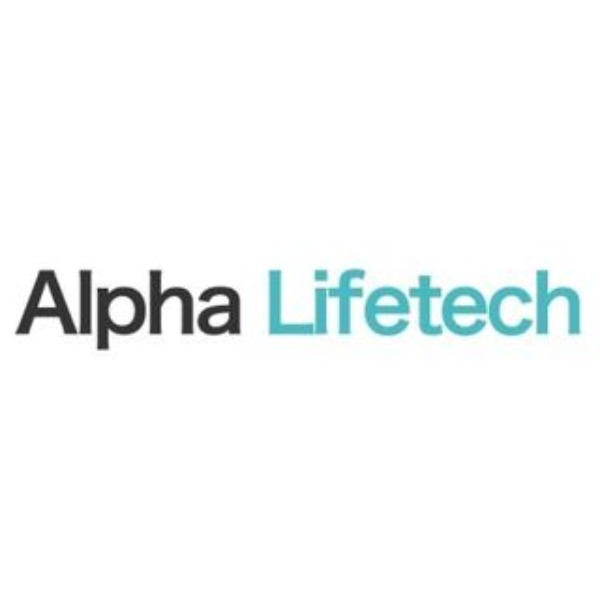Alpha Lifetech-Understanding the Fab Region of Antibodies: Molecular Weight, Fragments, and Functionality
Antibodies, also known as immunoglobulins, play a crucial role in the immune system's ability to recognize and neutralize foreign pathogens. Within the structure of an antibody, the fragment antigen-binding (Fab) region is responsible for binding to specific antigens, thereby initiating immune responses. This article explores the molecular weight, fragments, and functionality of the Fab region of antibodies.
Molecular Weight of Fab Antibody Fragments:
The Fab region of an antibody is composed of two identical fragments, each with a molecular weight ranging from approximately 50,000 to 55,000 Daltons (Da). This molecular weight can vary slightly depending on the specific antibody and the presence of post-translational modifications such as glycosylation.
Fab Antibody Fragments:
The Fab region of an antibody consists of the variable domains of both the heavy and light chains, connected by a flexible linker region. These variable domains contain antigen-binding sites, known as complementarity-determining regions (CDRs), which interact with specific epitopes on antigens.
Functionality of the Fab Portion of Antibodies:
1. Antigen Binding: The primary function of the Fab region is to bind to specific antigens with high affinity and specificity. This interaction is essential for initiating immune responses and targeting pathogens for neutralization or destruction.
2. Fragmentation: The Fab region can be enzymatically cleaved from the rest of the antibody molecule to produce Fab antibody fragments. These fragments retain the antigen-binding capacity of the parent antibody and are often used in research, diagnostics, and therapeutic applications.
3. Modularity: The Fab region can be engineered or modified to enhance its functionality or tailor its properties for specific applications. For example, antibody engineering techniques can be used to optimize the affinity, specificity, or stability of the Fab region for therapeutic purposes.
4. Therapeutic Applications: Fab antibody fragments have gained popularity in therapeutic applications due to their smaller size, which allows for better tissue penetration and reduced immunogenicity compared to full-length antibodies. Fab fragments are used in antibody-drug conjugates, targeted therapies, and diagnostic imaging agents.
Conclusion:
The Fab region of antibodies plays a crucial role in antigen recognition and immune response initiation. With its modular structure and antigen-binding capabilities, the Fab region serves as a versatile tool for research, diagnostics, and therapeutic applications. Understanding the molecular weight, fragments, and functionality of the Fab region is essential for harnessing the full potential of antibodies in various biomedical contexts.
- Like
- Reply
-
Share
About Us · User Accounts and Benefits · Privacy Policy · Management Center · FAQs
© 2024 MolecularCloud




